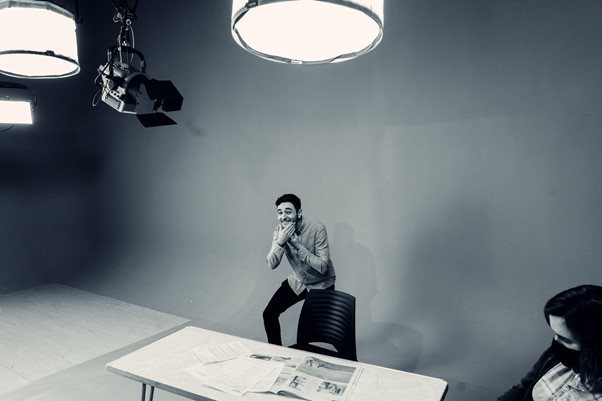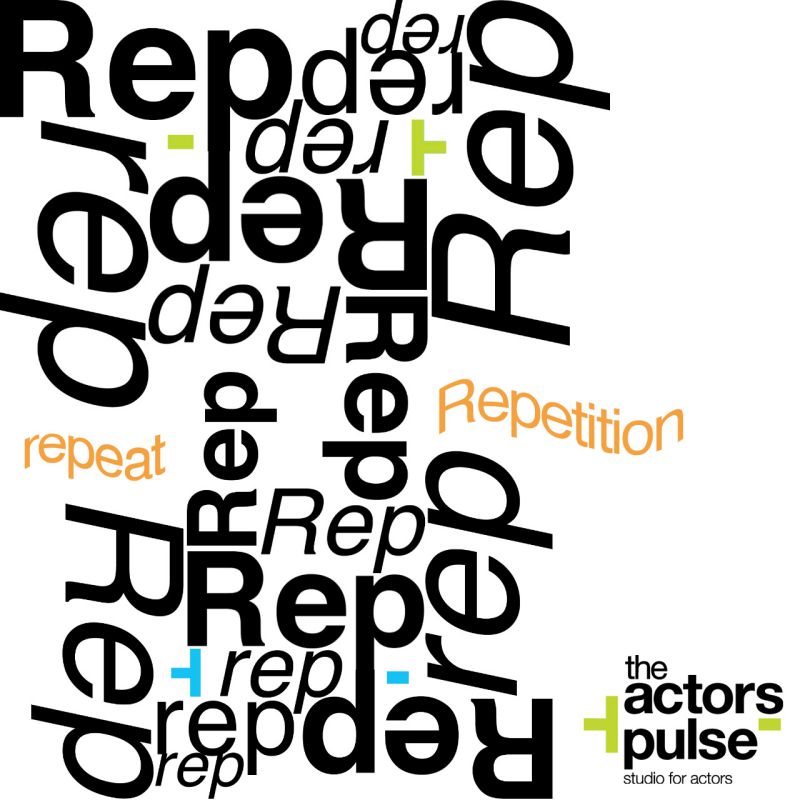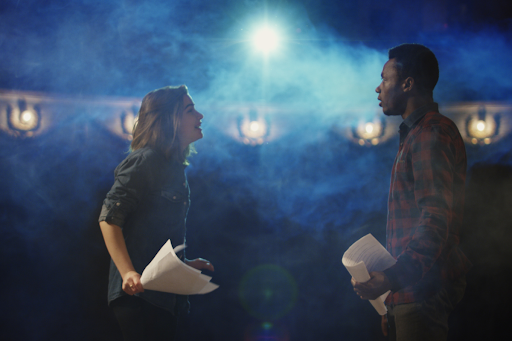Strasberg’s Relaxation Techniques: How to Release Tension and Embody Your Character
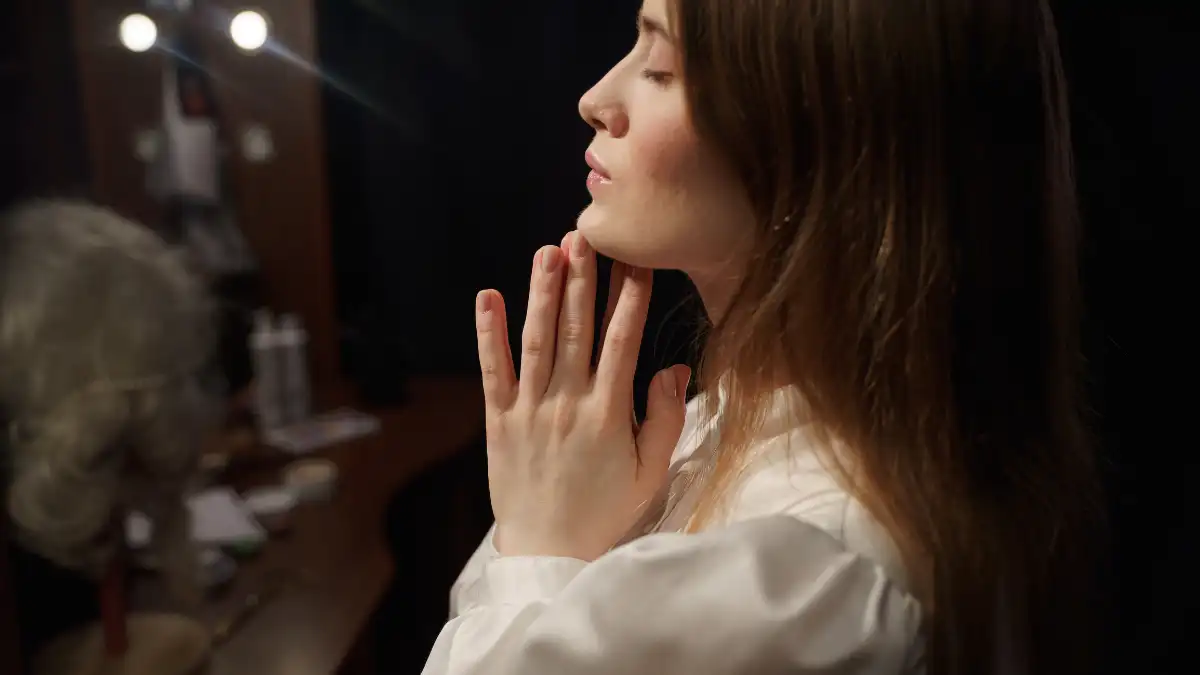
As any studied actors can attest, method acting revolutionised the way actors approached their craft. First introduced by Konstantin Stanislavski, often considered the father of modern acting, it emphasised the importance of emotional truth and psychological realism.
An admirer of Stanislavski, Lee Strasberg, further developed ideas learned through his training and introduced relaxation techniques that complemented Stanislavki’s method. Helping actors release tension, access their emotions, and embody their characters more fully.
In this comprehensive guide, we will explore Strasberg’s relaxation techniques, their significance and how actors can effectively apply them for enhanced performance.
Who Was Strasberg?
A renowned American actor, director, and acting teacher, Lee Strasberg is perhaps best known for his work at the Actors Studio in New York City.
Delving further into Stanislavski’s system and building on its core principles, Strasberg felt that by learning to relax, an actor would be more able to free themselves from inhibitions and tension.
He felt this was central to harnessing the power of emotional memory and implementing effective recall, thereby enabling more authentic performances.
The Importance Of Learning To Relax As An Actor
Tension is the actor’s enemy. It inhibits spontaneity, restricts emotional expression, and makes it almost impossible for an actor to fully inhabit their character.
This is why Strasberg was so focused on teaching techniques to eradicate tension and free the mind. He strongly believed that relaxation should be foundational to an actor’s training with other skills being built on this and enhanced by it.
He understood that by learning to relax, actors could more easily access their emotional reservoirs, eradicate internal distractions and therefore act more truthfully.
Strasberg’s Relaxation Techniques
So what is involved with Starsberg’s approach to relaxation? Learning to relax may seem like a strange concept to some at first, with many assuming this is a simple task. After all, we all know how to switch off and watch TV or read a book, right?
It is important to note, however, that relaxation in acting is not the same as taking a moment to yourself at home. Learning to relax in heightened stage and screen scenarios and in front of an audience takes work.
The good news is that by consistently practising Strasberg’s techniques outlined below, you can learn how to relax, release tension and give yourself over fully to your performances.
1. Deep Breathing
This simple exercise helps calm the nervous system and helps anchor an actor in the present moment. It is a highly effective technique that can be accessed at any time with great results.
Begin by focusing on your breath. Take slow, deep breaths, inhaling through your nose for a count of 3 to 5 seconds and exhaling through your mouth at the same rate.
Place your hand on your diaphragm and feel it expand as you breathe in, and actively think about letting go of any tension as you breathe out. Repeat until you feel relaxed or less stressed for a minimum of 5 to 10 minutes.
2. Progressive Muscle Relaxation
This technique involves systematically and intentionally tensing and releasing each muscle group in the body.
Starting at your toes, gradually work your way up to your head, tensing each muscle group for a few seconds before letting go. It is important not to rush through the progression, instead, take time to really connect with your body.
This technique is not only great at inducing a state of deep relaxation, but it also works to increase body awareness which is also highly beneficial as an actor.
3. Visualisation
Often used in meditation, visualisation exercises can help to quiet the mind, alleviate stress and promote a greater connection with a character.
Simply close your eyes and imagine yourself in a peaceful, serene environment. This may look like lying on a beach or being on a quiet walk. There are no wrong scenarios, it just needs to be any place where you feel relaxed and at ease.
As you visualise the scene, focus on each of your senses and what they may be experiencing in that environment such as the sound of the ocean, the warmth of the sun and the smell of your favourite sunscreen.
You may develop a favourite place to visualise and return to it each time you practice this technique or create new ones, so long as you feel at peace, you’re doing it right.
4. Sensory Awareness
In this technique, Strasberg hoped to create a heightened sensory awareness, bringing you into the present moment and encouraging a deeper connection to your surroundings.
To do this, you should take a moment to focus on each of your senses individually.
- Breathe deeply through your nose and consider any smells
- Place your hands on your thighs or arms and notice the feel of the fabric or your skin
- Look around and pause on individual items, taking time to really see them
- Listen and focus on individual sounds rather than the combined noise of many sounds
This allows you to explore the sensations of touch, taste, smell, sight, and hearing without judgement.
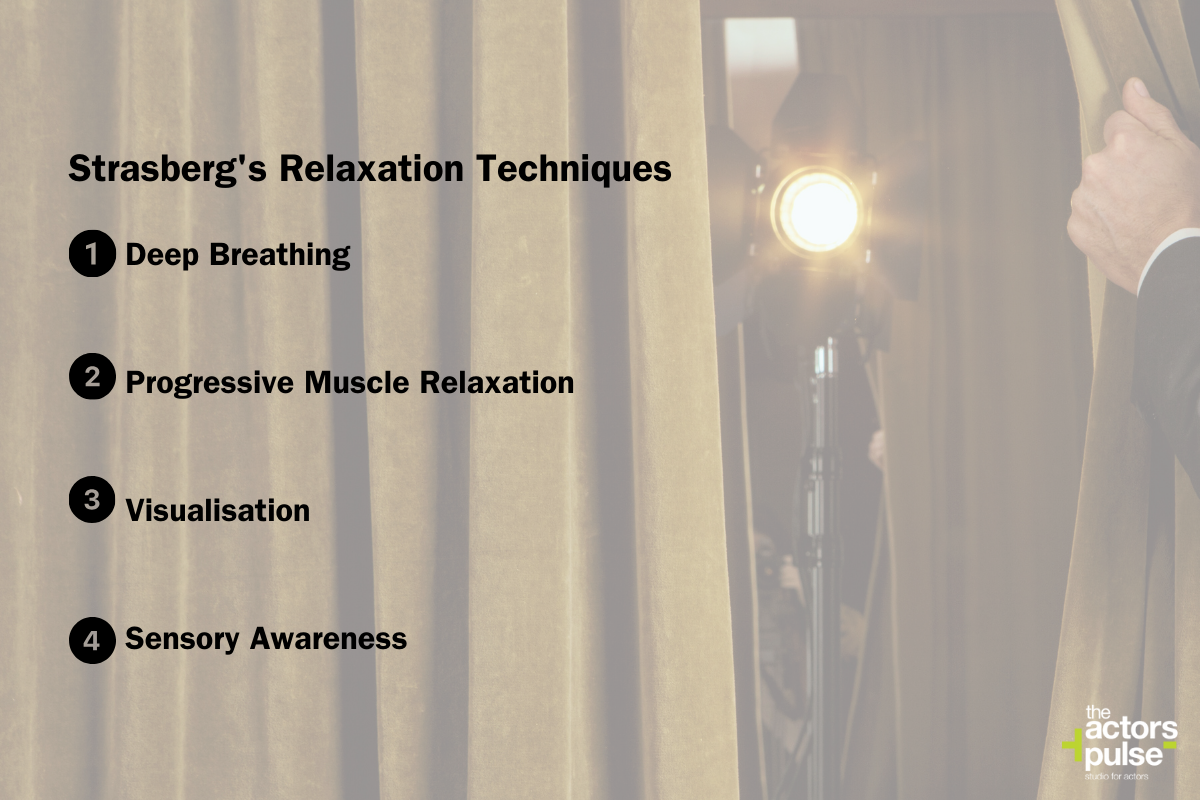
Release and Let Go As You Go
Not a unique step in itself, but rather general guidance, Strasberg’s approach directs that as you go through these relaxation techniques you should be consciously releasing any tension or negative thoughts that arise.
Imagine them melting away like ice in the sun, letting go of any expectations or preconceived notions. Give yourself fully to the moment and embrace the present.
Applying Relaxation Techniques to Character Work
Once you have learned how to enter a state of relaxation, you can then begin to also apply these techniques to your character work. That may look like:
Physical Transformation
Use progressive muscle relaxation to physically embody your character. Pay attention to how they hold themselves, their posture, and their physical mannerisms and adopt these as your own.
Permit your body to assume the physicality of the character, giving up your own habitual movements such as hand gestures, posture and gait.
Accessing Emotions
Delve into your emotional memory and use these experiences to add depth and truthfulness to the feelings and experiences of your character.
Use the visualisation technique to place yourself in their shoes, imagine experiencing the events of the scene as they would. Give yourself over fully to the emotion of the scene without censoring your feelings and watch your audience become captivated.
Sensory Exploration
Take the time to explore your character’s world through their senses. What do they see, hear, smell, taste, and touch?
Think about how their unique sensory experiences may shape their perception of the world around them. In doing so you will create a deeper connection to their reality and in turn, the character.
Letting Go of Inhibition
Finally, allow yourself to let go of any inhibitions, fear or self-consciousness. Allow yourself to be vulnerable and open to the moment, trusting in yourself and the work you have done in preparation.
Remember that acting is about truthfully responding to the circumstances of the scene, and embracing whatever emotions arise. If you cannot overcome your inhibitions, your performances will lack believability and honesty.
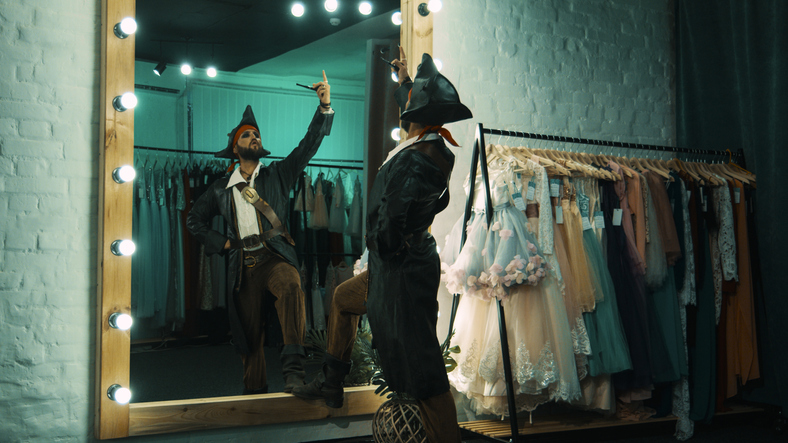
Learn To Master Relaxation & Embrace Truthful Performance
If an inability to relax into a character or scene is stifling your progression as an actor, The Actors Pulse can help.
Experts in relaxation techniques, we support you to master this skill for authentic, emotionally resonant performances. Through our acting classes, you’ll learn to connect with audiences on a profound level and bring stories to life in a compelling and meaningful way.
To learn more or to get started, contact the Actors Pulse today at 0414 475 515.
Start today!
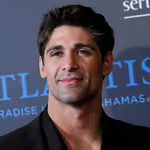
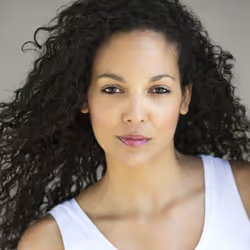
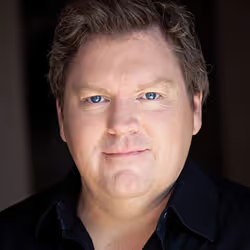


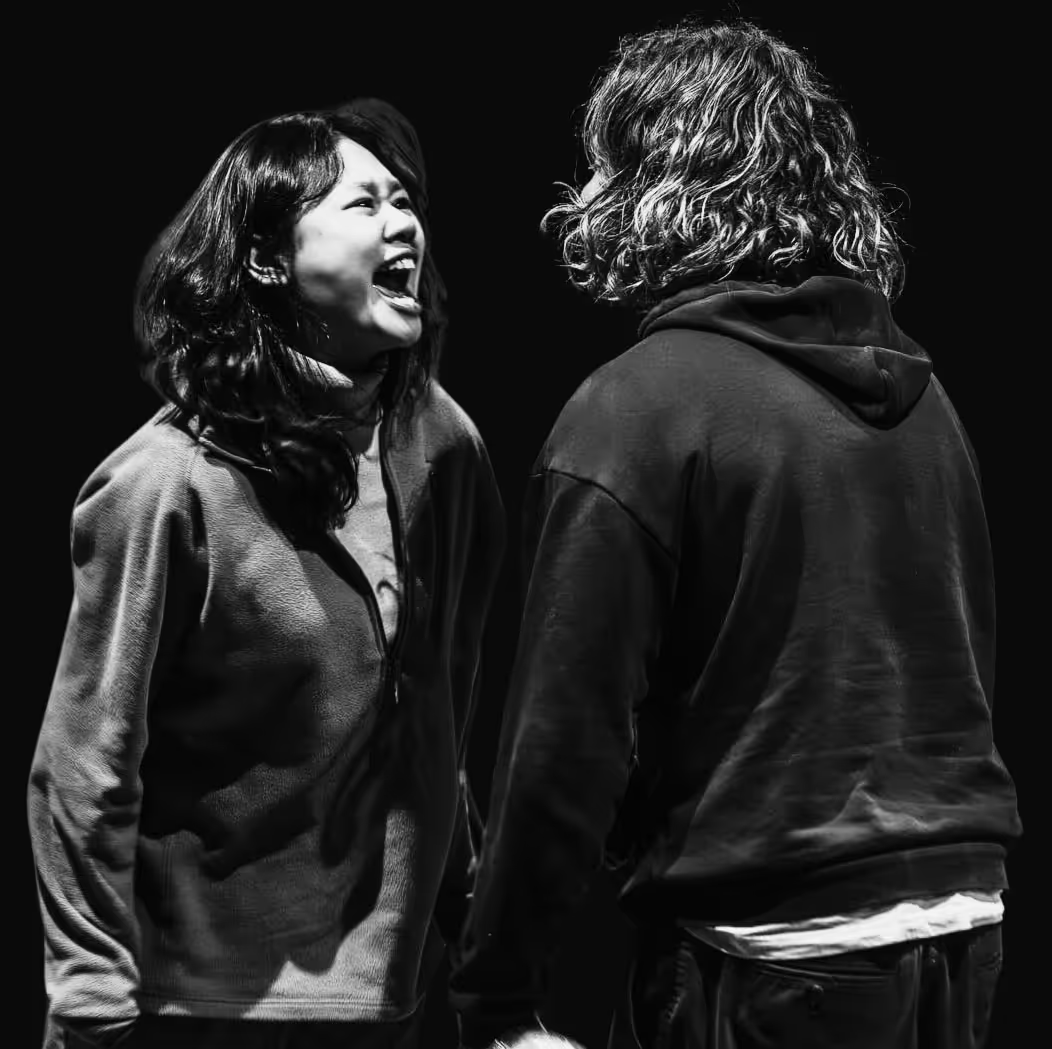



Contact Us
Get in touch with us using the form or details below. We look forward to hearing from you!







